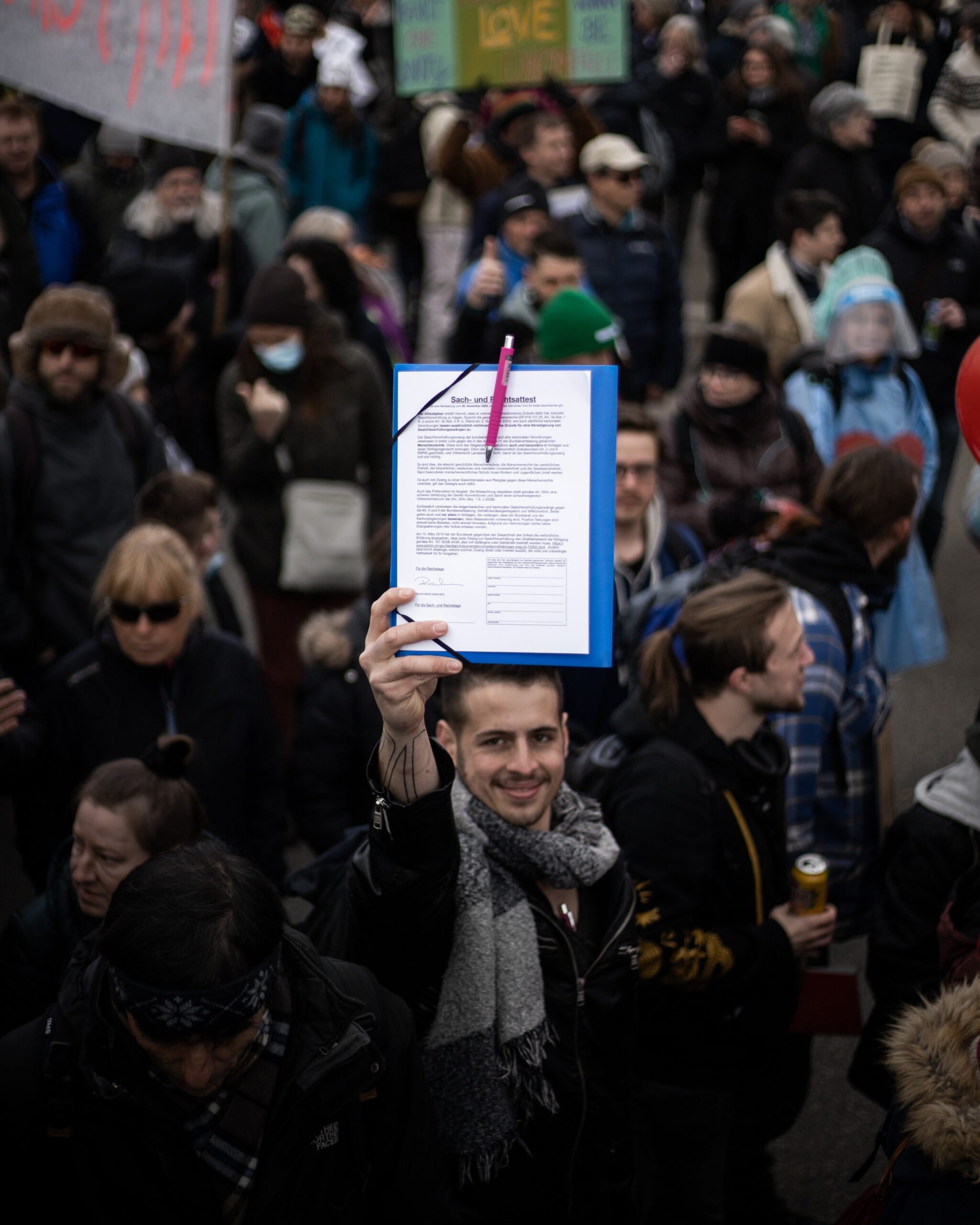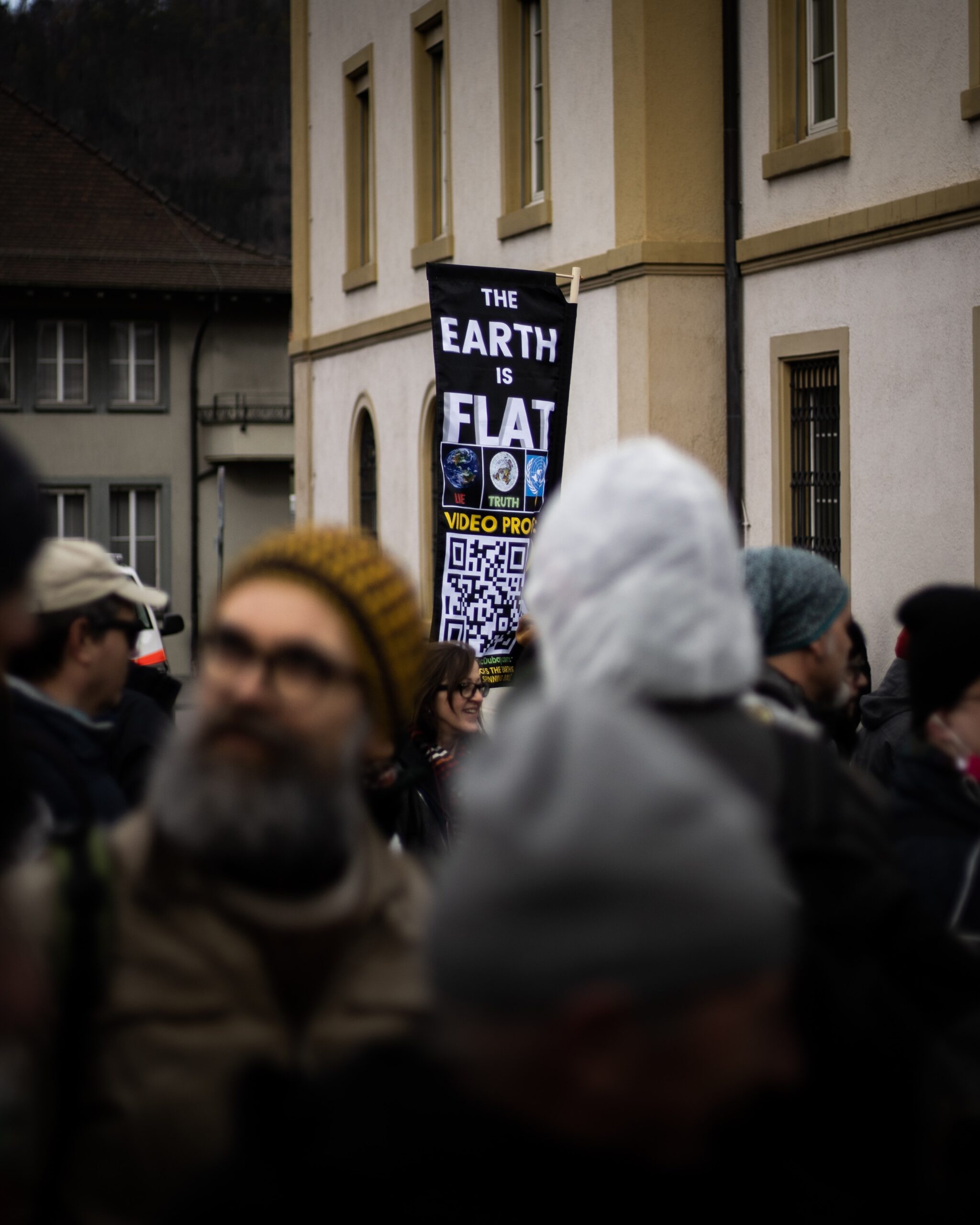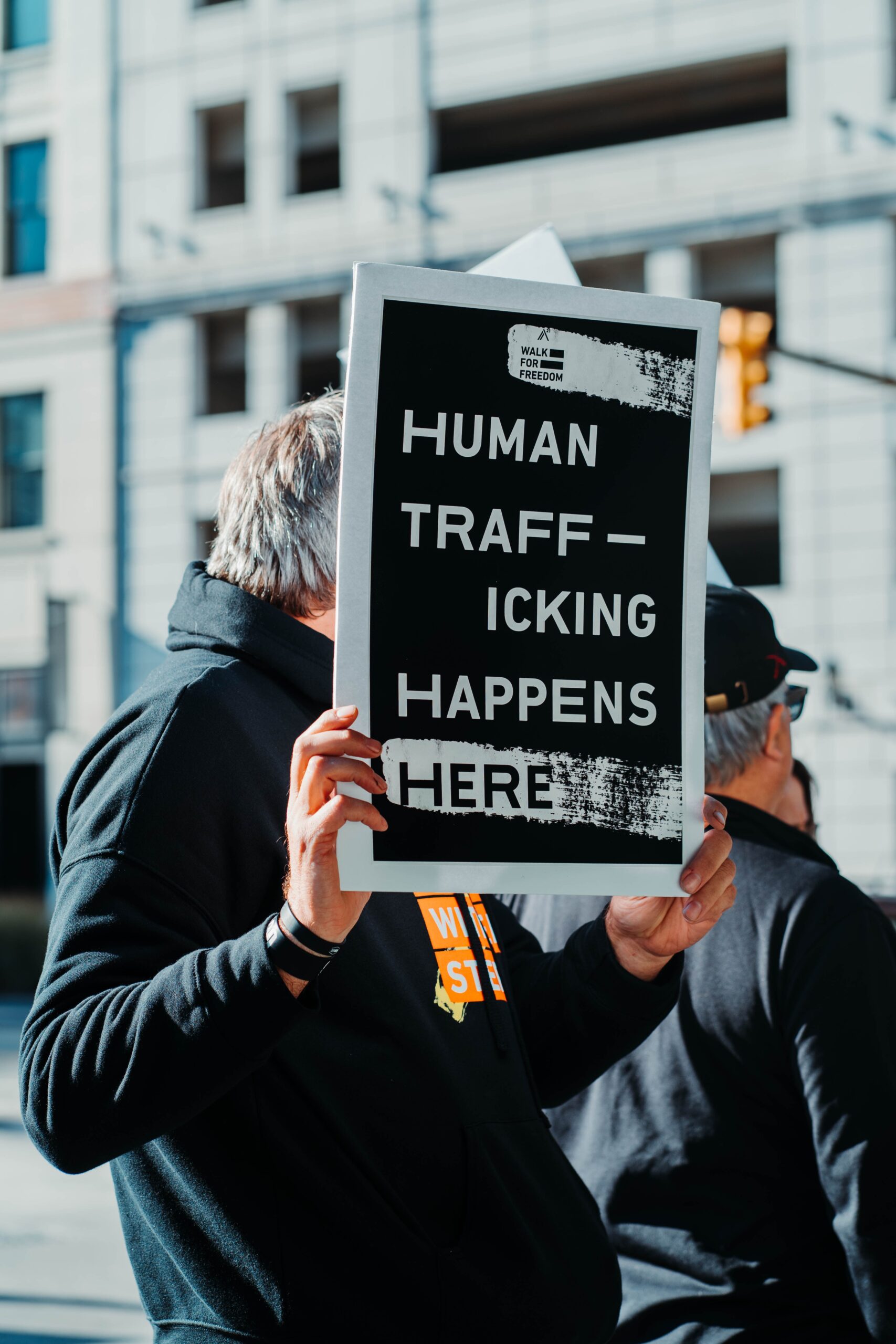In this article, we explore the intriguing question: “Manifestation vs. prayer: any difference?” It’s a topic that has sparked countless discussions and debates, leaving many curious to uncover the nuances between these two practices. With an aim to provide clarity, we delve into the concepts of manifestation and prayer, shedding light on their similarities, differences, and the power they both hold in shaping our realities. So, whether you’ve been pondering the distinction or simply seeking a deeper understanding, join us on this friendly exploration of manifestation and prayer.

This image is property of images.unsplash.com.
Manifestation vs. Prayer: Any Difference?
Definition of Manifestation and Prayer
Manifestation and prayer are two practices that have been used by individuals throughout history to bring about desired outcomes in their lives. Although they may seem similar at first glance, there are distinct differences between the two.
Manifestation is the act of intentionally bringing something into existence through focused thought and belief. It is rooted in the belief that our thoughts and energy can influence the physical and energetic world around us. In the practice of manifestation, individuals often use visualizations, affirmations, and gratitude to align their intentions with their desires.
On the other hand, prayer is a religious or spiritual practice that involves communicating with a higher power or deity. It is an act of reverence, worship, and supplication, where individuals express their hopes, gratitude, and requests to the divine. Prayer is often guided by specific religious rituals, scriptures, and traditions.
Beliefs and Practices
The beliefs and practices associated with manifestation and prayer vary greatly. Manifestation often stems from the belief in the power of the individual’s mind and their ability to co-create their reality. It emphasizes personal empowerment and encourages individuals to take an active role in shaping their lives. Manifestation practices can include vision boards, journaling, and meditation.
Prayer, on the other hand, is rooted in the belief in a higher power or divine being. It involves surrendering to the will of that higher power and seeking guidance, grace, and blessings. Prayer practices can vary depending on religious traditions and may include reciting specific prayers, attending religious services, or performing rituals.
Goals and Intentions
The goals and intentions behind manifestation and prayer also differ. Manifestation is often focused on achieving specific desires, such as attracting abundance, finding love, or advancing in one’s career. The emphasis is on setting clear intentions and aligning one’s thoughts and actions with those intentions to manifest the desired outcome.
Prayer, on the other hand, is often centered around seeking guidance, spiritual connection, and divine intervention. The goals of prayer are often broader and encompass overall well-being, inner peace, and alignment with the higher power’s will. Prayer can also be used to express gratitude and give thanks for blessings received.

This image is property of images.unsplash.com.
Mindset and Focus
The mindset and focus required for manifestation and prayer vary as well. Manifestation requires a positive and determined mindset, focusing on the belief that the desired outcome is achievable. It emphasizes the power of positive thinking and maintaining a high vibrational energy to attract what one desires.
Prayer, on the other hand, calls for a humble and receptive mindset. It involves surrendering to a higher power and acknowledging one’s dependency on divine guidance. Prayer requires the ability to listen and be open to receiving messages and signs from the higher power.
Role of Faith
Faith plays a significant role in both manifestation and prayer, although the nature of that faith differs. In manifestation, faith is placed in the individual’s ability to influence their reality through their thoughts and actions. It is a belief in their power to manifest their desires and create the life they envision.
In prayer, faith is directed towards a higher power or divine being. It is a trust in the wisdom, love, and guidance of that higher power. Faith acknowledges that there are aspects beyond human control and places the outcome in the hands of the divine.

This image is property of images.unsplash.com.
Process of Manifestation
the process of manifestation involves several steps. It begins with setting clear and specific intentions, visualizing the desired outcome, and feeling the emotions associated with having already achieved it. The individual then takes inspired action, aligning their behavior with their intentions. Finally, they practice gratitude and trust in the manifestation process, releasing attachment to the outcome.
Process of Prayer
The process of prayer varies depending on religious beliefs and practices. Generally, it involves finding a quiet space for reflection, focusing the mind, and expressing one’s thoughts and intentions to the higher power. Prayers can be spoken or silent, written or recited from religious texts. After prayer, individuals may engage in acts of service or rituals as an expression of their faith.

Connection with a Higher Power
Manifestation primarily focuses on the individual’s connection with their own inner power and the universal energy. It views the individual as a co-creator with the universe, tapping into the cosmic energy to manifest their desires. While this practice recognizes interconnectedness, it places more emphasis on the individual’s ability to shape their reality.
Prayer, on the other hand, emphasizes the connection with a higher power or divine being. It is a means of seeking guidance, solace, and communion with the divine. Prayer recognizes the existence of a greater force and seeks alignment with its will and purpose.
Personal Responsibility
Manifestation often emphasizes personal responsibility and taking action to bring about desired outcomes. It encourages individuals to be proactive, make decisions in alignment with their intentions, and take steps towards their goals. Manifestation techniques empower individuals to believe in their ability to shape their lives and take charge of their destiny.
Prayer also highlights personal responsibility but in a different light. It encourages individuals to align their thoughts, words, and actions with their faith and beliefs. Prayer fosters a sense of accountability to the higher power and a commitment to living in accordance with its teachings and values.

Psychological Perspective
From a psychological perspective, both manifestation and prayer can have positive effects on an individual’s mindset and well-being. Both practices involve focused intention, which can help clarify goals and increase motivation. They also provide a sense of hope, purpose, and connection to something greater than oneself.
Manifestation and prayer can both serve as tools for self-reflection, personal growth, and cultivating gratitude. They can enhance feelings of self-efficacy, resilience, and positive emotions. These practices can also foster a sense of mindfulness and present-moment awareness, grounding individuals in the here and now.
In conclusion, while manifestation and prayer share some similarities, such as intention and belief, they differ in their underlying philosophies, practices, and goals. Manifestation emphasizes personal empowerment, co-creation, and the power of the individual’s mind, while prayer emphasizes surrender, connection with a higher power, and seeking divine guidance. Both practices hold the potential to positively impact one’s mindset, well-being, and overall life satisfaction.
